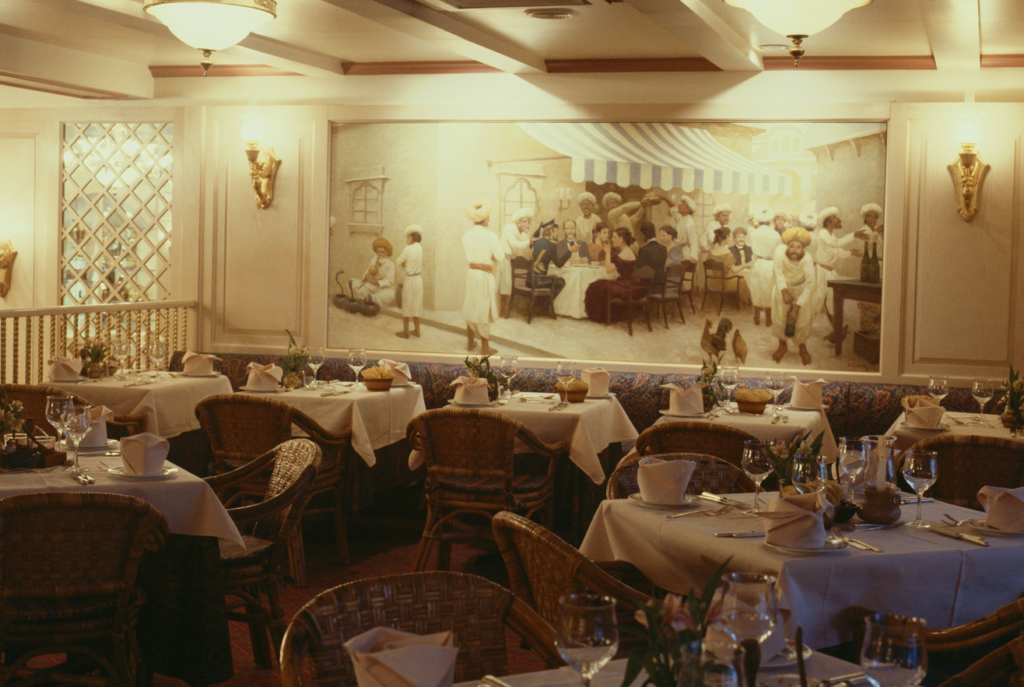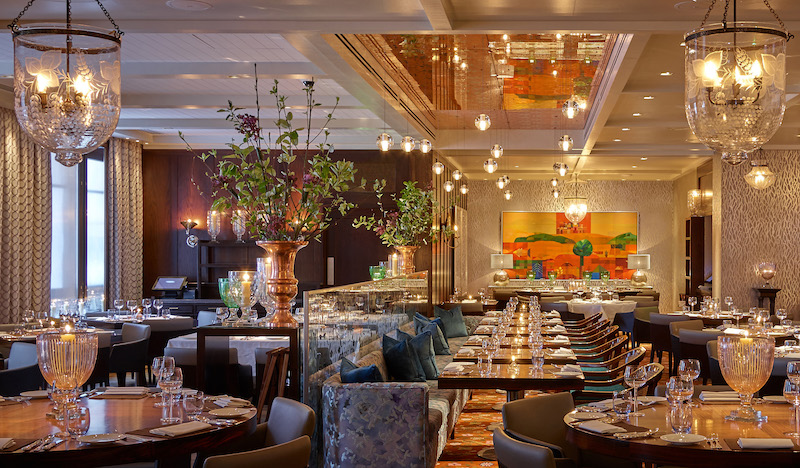SFA Trendspotter Panel Reveals Top Trends for 2021

Blog Content….
Replicating restaurant and travel experiences in the home kitchen; values-based shopping; and functional ingredients to support and maintain health, top the list of 2021 trend predictions from the Specialty Food Association’s Trendspotter Panel.
The panel, composed of retailers, chefs, food writers and educators, and market analysts, considered drivers like the continuing coronavirus pandemic keeping a record number of people close to home, growing social awareness affecting purchasing decisions, and a maturing Gen Z population, in predicting the food trends that will dominate in the coming year. See full list of trends here.
“COVID-19 has a massive impact on trend predictions heading into 2021, as a record number of consumers cook and eat at home more, turning to everyday meals and special treats to comfort and support their mental and physical well-being,” says Denise Purcell, director of content for the Specialty Food Association. “We’re seeing several trends around experimenting with flavors and ingredients, as well as turning to functional or plant-based foods and twists on classic products to avoid menu fatigue.”
The Specialty Food Association 2020 Trendspotter Panelists
- Melanie Zanoza Bartelme, global food analyst, Mintel, Chicago
- Monifa Dayo, consultant, chef, The SupperClub
- Jonathan Deutsch, Ph.D., professor, Department of Food and Hospitality Management and Founding Director, Drexel Food Core Lab
- Andrew Freeman, founder of af&co./co-founder of Carbonate
- Illyanna Maisonet, first Puerto Rican food columnist in the country
- Clara Park, corporate chef of Culinary Innovation for Chelten House Products, head of the Chefs’ Council for C-CAP, member of the Advisory Board for The Food Lab at Drexel University
- Chef Tu David Phu, Top Chef Alumni, TDP Enterprises LLC, founder, Tumami Spices
- Wendy Robinson, buyer, Market Hall Foods
- Leith Steel, account strategist and trendwatcher, Carbonate
- Chris Styler, culinary producer/product development chef, Freelance Food, LLC
- Bryant Terry, author, educator, and chef-in-residence at the Museum of the African Diaspora SF (MoAD)
Related: Datassential Experts Map Innovation to Culinary Trends; Consumers Treat Food as Medicine During Pandemic.





















Recent Comments